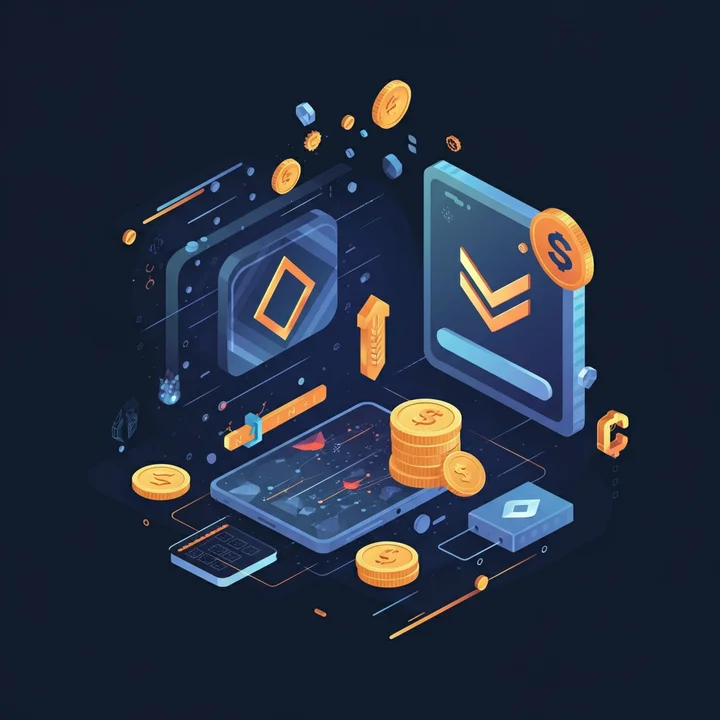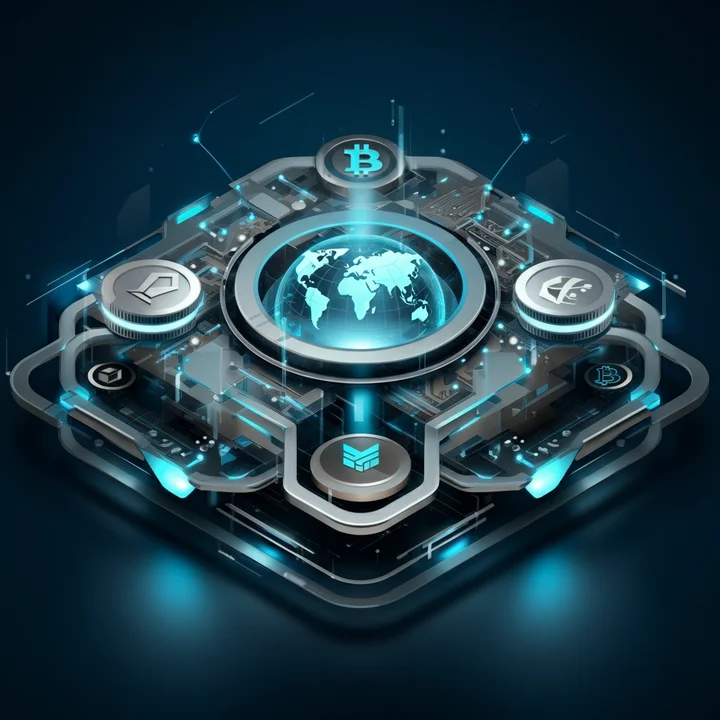The internet has come a long way since its inception. From static pages in Web1 to the interactive platforms of Web2, the digital world has constantly evolved to meet the needs of its users. Now, we're entering an exciting new phase of the web known as Web3. But what is Web3, and why does it matter?
In this blog post, we’ll break it all down for you. You’ll learn how Web3 differs from its predecessors, its key principles, the technologies behind it, real-world examples, and what makes it such a revolutionary development for the internet's future.
How Did We Get Here? The Evolution of the Web
Before we jump into Web3, it helps to understand where the internet started and how it has evolved over time.
Web1 (1990s–Early 2000s): The Read-Only Web
Web1 was the earliest version of the internet. It was primarily a collection of static web pages that you could read, much like a digital library. Think of it as a “read-only” model where users were passive consumers of content. Websites were maintained by a small number of developers, and there was no way for users to interact with the content or each other.
Web2 (2000s–Present): The Social Web
Web2 marked a massive shift in the way we use the internet. This phase introduced dynamic, interactive platforms like social media, e-commerce websites, and content-sharing platforms. Users could now create content, connect with each other, and participate in online communities.
However, Web2 is also characterized by the centralization of power. A handful of major tech companies control massive amounts of data and serve as intermediaries for almost everything we do online. While this has led to significant technological progress, it has also raised concerns about privacy, excessive control, and data exploitation.
Web3 (Emerging Paradigm): The Decentralized Web
Enter Web3, the next iteration of the internet. Web3 aims to address the limitations of Web2 by creating a decentralized ecosystem. It empowers users to take back control of their data and online interactions, thanks to its reliance on blockchain and other advanced technologies.
Now, let's explore what makes Web3 so unique.
Key Principles of Web3
Several core principles set Web3 apart from its predecessors.
1. Decentralization
Unlike Web2, where centralized entities (like tech giants) control servers and data, Web3 operates on a decentralized network. This means no single entity has overarching control. Instead, information is stored across a network of nodes, making it more secure and resilient.
2. Tokenization
Web3 introduces the concept of tokenization, which involves creating digital tokens (often on blockchain networks) to represent ownership or value. These tokens can be used in decentralized finance (DeFi) systems, gaming, or even governance.
For example, cryptocurrencies like Bitcoin and Ethereum are forms of tokens used for payments, while NFTs (non-fungible tokens) enable ownership of digital assets like art, music, or in-game items.
3. User Ownership
One of Web3’s defining features is its focus on giving power back to users. With Web3, you own your data, digital assets, and even identities. For instance, platforms built on Web3 allow users to interact directly with one another without relying on intermediaries like banks or corporations.
Technologies Powering Web3
Web3 hinges on a suite of advanced technologies that make its decentralized vision possible.
Blockchain
At the heart of Web3 is blockchain technology. It’s essentially a digital ledger that records transactions securely and transparently across a decentralized network. Blockchain ensures that data is immutable and tamper-proof, eliminating the need for a central authority.
Smart Contracts
Smart contracts are self-executing agreements written into code. They automatically enforce terms when pre-set conditions are met. For example, a smart contract might release a payment as soon as a service is delivered. Smart contracts enable new forms of interaction and trust in areas like finance, gaming, and healthcare.
Cryptographic Identity
Web3 introduces cryptographic tools like digital wallets and private keys that give users control over their online identity. Unlike Web2 logins that rely on third-party systems (e.g., signing in with Google), Web3 credentials ensure that your data stays under your control.
Examples of Web3 Applications
Web3 may sound abstract, but there are already plenty of real-world applications that showcase its potential.
Cryptocurrencies like Bitcoin and Ethereum allow for decentralized, peer-to-peer financial transactions without banks.
NFT Marketplaces such as OpenSea enable buying, selling, and trading of digital collectibles and art.
Decentralized Finance (DeFi) platforms like Uniswap and Aave provide services like lending and borrowing without intermediaries.
Decentralized Social Media networks (e.g., Lens Protocol) offer alternatives to traditional platforms like Facebook, where users have control over their content and data.
How Web3 Differs from Traditional Internet Models
Web3 addresses many of the issues associated with Web2. Here’s a quick comparison of the two models:
Feature | Web2 | Web3 |
|---|---|---|
Centralization | Controlled by corporations | Decentralized across networks |
Data Ownership | Companies own your data | Users own their data |
Payments | Intermediary banks or platforms | Direct, peer-to-peer with crypto |
Content Control | Subject to platform policies | Governed by users or protocols |
Security | Higher risk of breaches | Blockchain ensures robustness |
Opportunities and Challenges in Web3 Adoption
Opportunities
Empowering Users: Web3 gives individuals true ownership of their data and assets.
Improved Security: Its decentralized structure makes it more difficult for hackers to exploit a single point of failure.
New Business Models: Tokenization opens doors for innovative approaches in finance, creative industries, and beyond.
Challenges
Despite its promise, Web3 has hurdles to overcome:
Complexity: For new users, the technology can feel overwhelming or technical.
Scalability: Blockchain systems still struggle with processing large volumes of data quickly.
Regulation: Governments are still figuring out how to regulate decentralized systems effectively without stifling innovation.
Why Web3 Matters for the Future of the Internet
Web3 isn’t just a technological upgrade; it’s a rethinking of how the entire internet operates. It moves away from centralized powers controlling the online world and toward a fairer, more equitable internet where users have real power.
Whether you’re an individual tired of having your data sold, a creator looking for more control over your work, or a business exploring the possibilities of blockchain, Web3 has something to offer.
The future of the web is about ownership, transparency, and empowerment. And Web3 is leading the charge.



